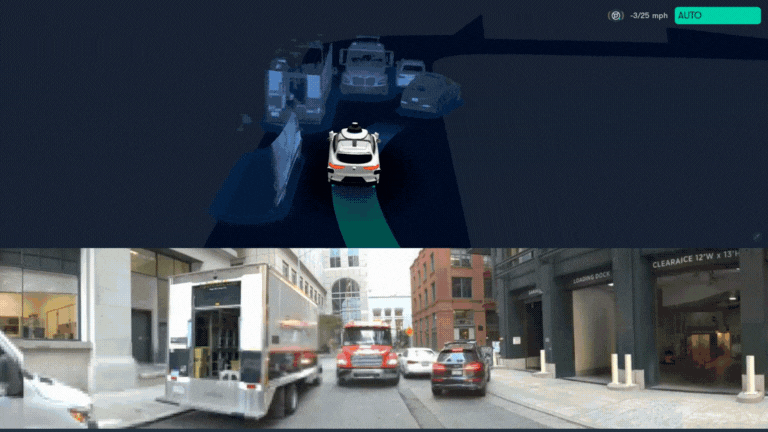Waymo blog on how their remote assistance works with some examples of the remote assistance tools that I don't think we've seen before:

Fleet response: Lending a helpful hand to Waymo’s autonomously driven vehicles
The Waymo Driver autonomously navigates tens of thousands of rider-only miles across San Francisco, Phoenix, Los Angeles, and Austin daily. It can navigate common scenarios, like adhering to a crossing guard directing traffic, as well as more unique interactions like avoiding a swerving vehicle...waymo.com
I thought it was pretty informative.
I think this confirms that they don't count it as a disengagement even if "Fleet Response" directly tells the Waymo where to go:
Fleet response can influence the Waymo Driver's path, whether indirectly through indicating lane closures, explicitly requesting the AV use a particular lane, or, in the most complex scenarios, explicitly proposing a path for the vehicle to consider. The Waymo Driver evaluates the input from fleet response and independently remains in control of driving.
It is like throwing your hands up and asking your passenger how you should proceed. And after they give you instructions you just execute them.


